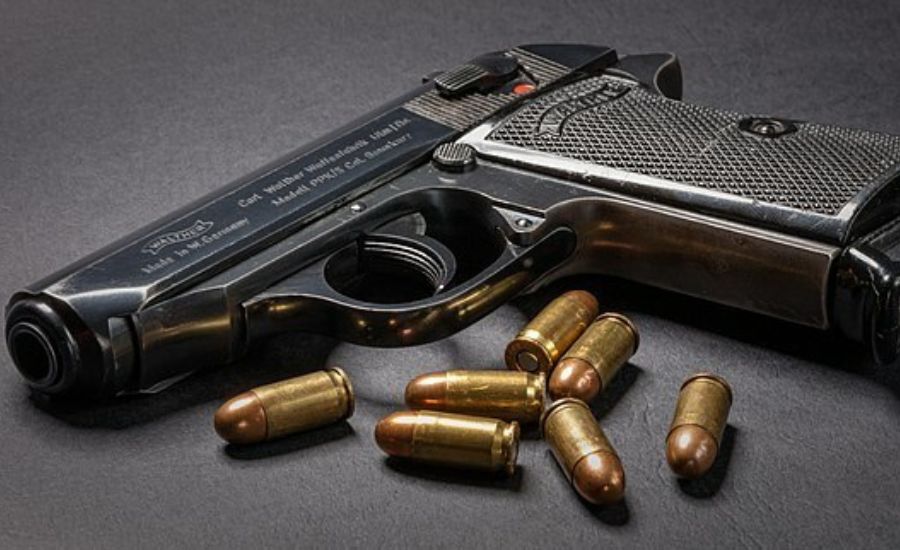
25 May 2022, Texas, United States: 18-year-old Salvador Ramos, armed with a semi-automatic rifle, entered an elementary school and killed 19 children.
How did teenager Ramos procure the firearm? He walked into a shop and walked out with a gun – as if buying milk.
The latest episode of the United States’ horrific mass shooting problem has predictably triggered yet another round of public outcry and political jostling around gun control. If recent history is anything to go by, a few months (or weeks) of political, media, and civil society skirmishes will follow. Advocates for stronger gun control laws will win the first couple of rounds; Those against such measures will end up ensuring that the status quo remains.
India is no stranger to violence, and we do have an illicit firearms industry, but we’ve never really had a problem with guns easily proliferating among the population and chronic mass shootings. Unlike the United States Constitution, the Constitution of India does not confer a right to bear arms. However, a proposal to include such a right was discussed in the Constituent Assembly. On 1 December 1948, H.V. Kamath, during a discussion around the rights to freedom, introduced an amendment that proposed to include a right to bear arms in Draft Article 13 (Article 19, Constitution of India 1950).
Kamath advanced three arguments in favour of the right: First, he reminded the Assembly that a key demand of the freedom movement was the constitutional right to bear arms. Second, anti-social elements would always find a way to access arms, putting those who didn’t in danger. Third, if the State allowed its citizens a right to bear arms, citizens would feel that the State trusted them.
Maulana Hasrat Mohani supported Kamath. He argued that if the Constitution deprived Indians of the right to bear arms just like the British did, there would be no difference between the colonial government and a government of independent India. He urged the Drafting Committee, particularly B.R. Ambedkar, to accept Kamath’s amendment.
At the end of the debate, Ambedkar rose to defend the Drafting Committee’s decision to refuse the right to bear arms in the Indian Constitution. He acknowledged that while the Indian freedom movement did indeed demand such a right, the British ban on Indians from bearing arms had little to do with law and order considerations. Instead, they wanted to avoid the possibility of Indians overthrowing the British.
In the context of the struggle for freedom, agitating for a right to bear arms was appropriate, Ambedkar continued. But in the present circumstance of India becoming an independent constitutional republic he could not ‘…conceive how it would be possible for the State to carry on its administration if every individual had the right to go into the market and purchase all sorts of instruments of attack without any let or hindrance from the State.’
At the end of the debate, Kamath’s proposal was put to vote, and the Assembly rejected the amendment.
In the United States, despite the frequent mass shootings, advocates for stronger gun control laws find it very hard to generate enough political support for these measures. Those who oppose strong gun laws often point to the U.S. Constitution’s provision on the right to bear arms. This right provides rhetorical ammunition to their arguments made in courts, legislatures, and the public sphere. The presence of such a right in the U.S. Constitution, whatever its original intention may have been, tilts the debate in favour of those who oppose stronger gun laws.
The fact that India does not face a problem of proliferation of guns throughout the population is plausibly because the framers decided against such a constitutional right (though there is a legal one). A culture that emphasised every Indian’s right to bear firearms was never allowed to take root.
